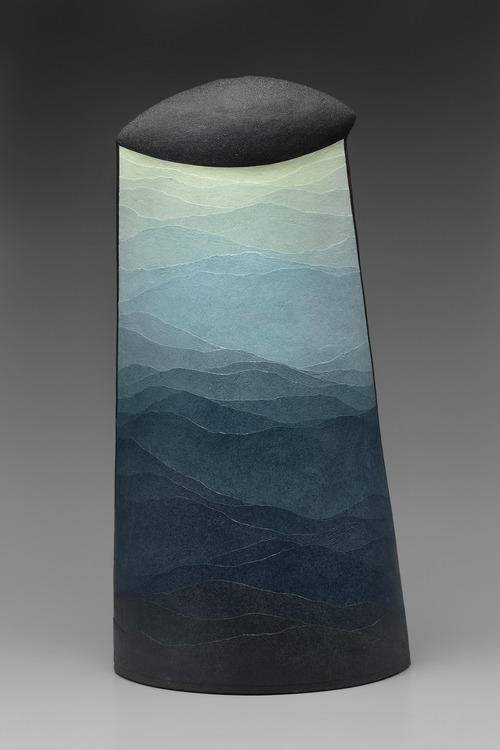Fired Earth, Woven Bamboo: Contemporary Japanese Ceramics and Bamboo Art / Museum of Fine Arts, Boston
Fired Earth, Woven Bamboo: Contemporary Japanese Ceramics and Bamboo Art / Museum of Fine Arts, Boston
November 12, 2013 - September 8, 2014The Museum of Fine Arts, Boston (MFA), presents Fired Earth, Woven Bamboo: Contemporary Japanese Ceramics and Bamboo Art, an exhibition that highlights the meticulous craftsmanship and highly creative sculptural forms of Japanese decorative arts. Among the first exhibitions to present contemporary ceramics alongside baskets, Fired Earth, Woven Bamboo offers an in-depth look at 60 objects created by dozens of leading artists based in Japan. Drawn from a recent gift of Stanley and Mary Ann Snider of more than 90 pieces spanning the late 20th and early 21st centuries, many of the works are on view for the first time at the Museum. Enhanced with a selection of contemporary textiles, screens and paper panels, the exhibition is open through September 8, 2014 in the Japanese Decorative Arts Gallery and is accompanied by an illustrated publication.
“Several years ago, Stanley Snider challenged the Museum to become a center for contemporary Japanese decorative arts,” said Malcolm Rogers, Ann and Graham Gund Director of the MFA. “Through the generous gift that he and Mary Ann made in 2012, and the infectious enthusiasm that they have conveyed to others, we are now well on our way to achieving that goal.”
During the late 19th century and into the 20th century, ceramics and bamboo arts in Japan evolved from traditional crafts into modern art forms, as those who produced them evolved from craftspeople into artists. As modernization continued, a new generation of artists began to assume creative control over the works they produced, creating unique pieces with their own hands, based on their own ideas. Creativity—rather than mere technical excellence—became the standard for an artist’s work. In Basket with bamboo-root handle (1930s), for example, Maeda ChikubЕЌsai demonstrates an early example of bamboo art as a form of personal expression.
“The MFA has been at the forefront of promoting contemporary Japanese decorative arts for many years,” said Anne Nishimura Morse, William and Helen Pounds Senior Curator of Japanese Art at the MFA. “These works have attracted new audiences from around the globe in the last decade, and this exhibition is a wonderful opportunity to continue our long history of cultural exchange with Japan.”
This exhibition is generously supported by the Jean S. and Frederic A. Sharf Exhibition Fund.
Fired Earth
In the years following World War II, avant-garde clay artists in Japan declared that their work no longer had to take the form of traditional vessels. Many of these artists maintained respect for ancient methods and aesthetics, while embracing the non-functionality of their ceramics. Akiyama YЕЌ intentionally exploited deformations that would be considered defects in commercial products with Untitled MV-1019 (2010), which purposely employs cracks in the clay to provide a weathered effect. Fukami Sueharu––who brought Japanese ceramic arts global attention––also adopted inventive approaches to traditional techniques. His The Moment (Shun) (1998) is a keenly edged abstract work of porcelain that slices through space like a knife.Recently, international praise has centered on pioneering female ceramists. Until the postwar era, virtually no women in Japan were ceramic artists; men feared that the presence of women would pollute their kilns. Koike ShЕЌko was one of the first female graduates of the ceramic department at Tokyo National University of the Arts. Her shell-shaped vessels, such as Shell 95 (1995), were first thrown on a wheel and then sculpted from the clay of the Shigaraki region. Whereas traditional Shigaraki vessels are left unglazed, Koike applies layers of white slip (liquefied clay) to the surface. Sakurai Yasuko, also among the first women to work with clay on a university campus, plays with forms that make the viewer aware of light and shadow in Vertical Flower (2007).

No comments:
Post a Comment